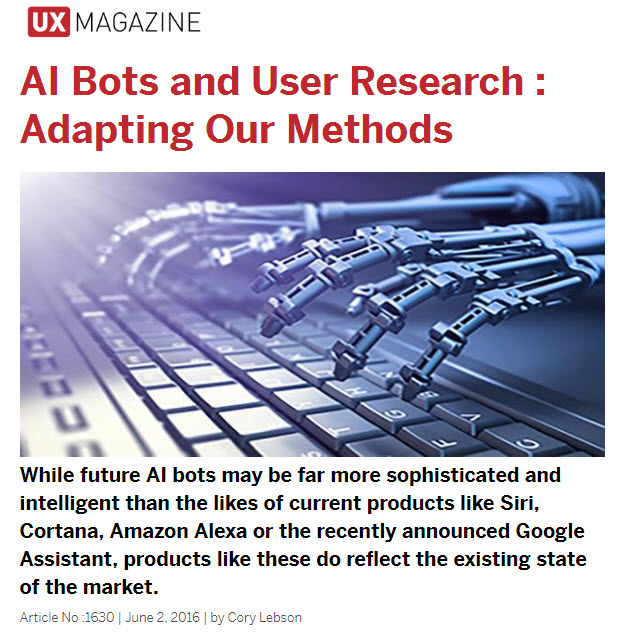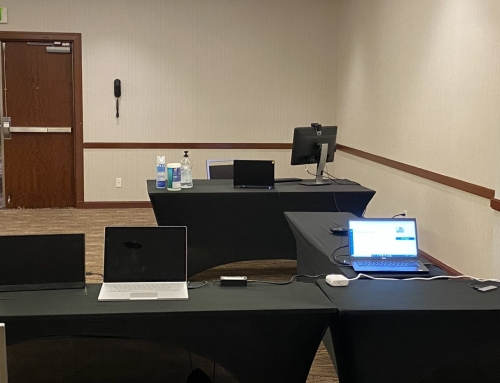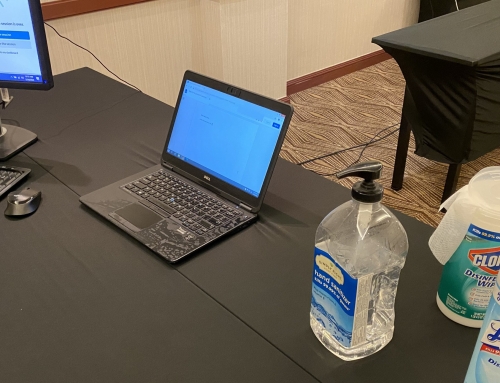Over the years, I’ve heard the same question again and again each time a new type of consumer technology starts trending and becoming part of popular culture: “So,” someone asks, “how is this going to change how you do user research?” I heard this question when mobile got its first WAP browser, and I heard it again when mobile web and apps started to pervade society. More recently, I’ve heard this question asked about wearables, and occasionally, about IoT research.
User research methods are stable
My answer is usually the same as I explain that, in fact, while some of our terminology may have changed over time, user research methods have remained relatively stable over the span of my two-decade research career. While we always need to make some adaptations to approaches based on whatever our object of study is, these tweaks don’t reflect changes in methods. As Amy Buckner Chowdry and Kerry Bodine described at UXPA 2015, adding a pillow to avoid participant arm in research with intensive wearable usage is a simple adaptation to usability studies.
To some extent, the same is true with AI-based technologies. In fact, studying the interface that surrounds the AI could be similar to typical user research around any hardware or software interface. But an examination of the AI itself still involves some important methodological considerations and adaptations….
See full article: Lebson, Cory. “AI Bots and User Research : Adapting Our Methods” UX Magazine June 2, 2016: Article No. 1630.








